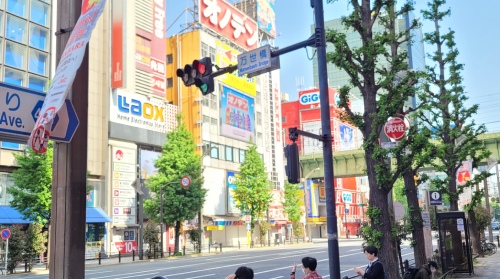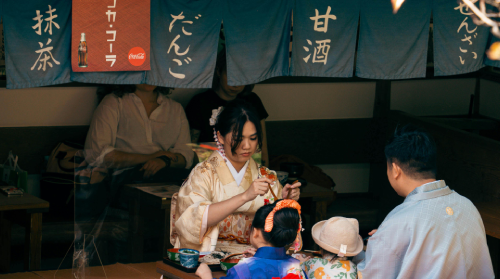Welcome to TsukiGakkou your blog and tool to learning and improve japanese.
Want buy stuff? Find products related to anime and Japanese culture in general. You will also find recommended items for exchange students in Japan.
Amazon Shop ListPolite Marker: お and ご
In Japanese language and culture, the use of honorifics and polite markers plays a crucial role in communication, reflecting respect, formality, and social hierarchy. One such marker that frequently appears is 「お」 (pronounced “o”) and its counterpart 「ご」 (pronounced “go”). These markers are placed before nouns to indicate politeness and respect towards the person or […]
Read More [...]“However” or “But”: しかし
In the realm of Japanese language and communication, particles play a crucial role in conveying nuanced meanings and facilitating smooth conversation. One such particle of significant importance is “しかし” (shikashi). Often translated as “however” or “but,” “しかし” serves a pivotal function in connecting contrasting ideas within a sentence or discourse. Its usage is essential for […]
Read More [...]Suggests Joint Action and Politely Invites: ましょう and ましょうか
Japanese is a language full of nuances and politeness levels, making it both fascinating and challenging to learn. Among the many verb conjugations and expressions, ましょう (mashou) and ましょうか (mashou ka) are particularly useful for learners, especially when it comes to making suggestions, proposing actions, or offering help. Let’s dive into these two expressions and […]
Read More [...]“And Then”, “And” or “And Also”: そして
In the Japanese language, conjunctions play a pivotal role in connecting sentences and ideas smoothly. One of the most commonly used conjunctions is “そして” (soshite), which translates to “and then,” “and,” or “and also” in English. This conjunction is not only versatile but also essential for creating cohesive and fluent sentences. Let’s delve into the […]
Read More [...]Preference Within a Specified Group: のなかで [Something] がいちばん
The Japanese grammatical structure の なか で [something] が いち ばん (no naka de [something] ga ichiban) is used to express a preference or a superlative within a specified group. It translates to “among” or “within,” and “ichiban” means “number one” or “the most.” This structure is particularly useful for comparing different items or people […]
Read More [...]Sequence and Actions: それから and てから
In Japanese, それから (sore kara) and てから (te kara) are two essential expressions used to indicate sequence and actions. Though they might seem similar at first glance, they have distinct usages and connotations. Let’s delve into the differences and see how each is used with practical examples. それから (Sore Kara) それから 、 にちようび 、 えいが を みました 。 – After that, on […]
Read More [...]Essential, Optional, Necessary: なくてはならない, なくてもいい, なくてはいけない, and ないといけない
When learning Japanese, it’s crucial to grasp various expressions to effectively convey necessity, obligation, and permission. Among these, なくてはならない, なくてもいい, なくてはいけない, and ないといけない are essential phrases that frequently appear in both formal and informal contexts. Let’s delve into their meanings and usage with examples. なくてはならない (Nakute wa naranai) This phrase expresses something that must be […]
Read More [...]Deciding, Transforming, and Doing: にする, くする, and する
In Japanese, verbs and particles often combine to convey nuanced meanings. Three such constructions are にする, くする, and する. Each has its own specific use and can significantly change the meaning of a sentence. Let’s explore these structures with examples. にする (ni suru) The construction にする is used to indicate making a choice or decision. […]
Read More [...]“Become” and “Turn Into”: になる, くなる, and なる
The Japanese language has various ways to express changes in state or condition, three of which are になる, くなる, and なる. Each of these structures is used differently depending on the context and the type of adjective or noun involved. Let’s explore these grammatical constructs in detail. になる (ni naru) The expression になる is used […]
Read More [...]Likes or Preferences: のがすき
Learning Japanese can be an enriching experience, especially when you delve into the nuances of its grammar. One interesting and commonly used expression in Japanese is “のがすき” (no ga suki). This phrase is pivotal for expressing likes or preferences, particularly when referring to actions or activities. Let’s break down what this phrase means and how […]
Read More [...]



![Preference Within a Specified Group: のなかで [Something] がいちばん](https://tsukigakkou.com/wp-content/uploads/2024/07/thumb_nail-1-1-1-1-1-1-1-2-1-1-5-34.png)




